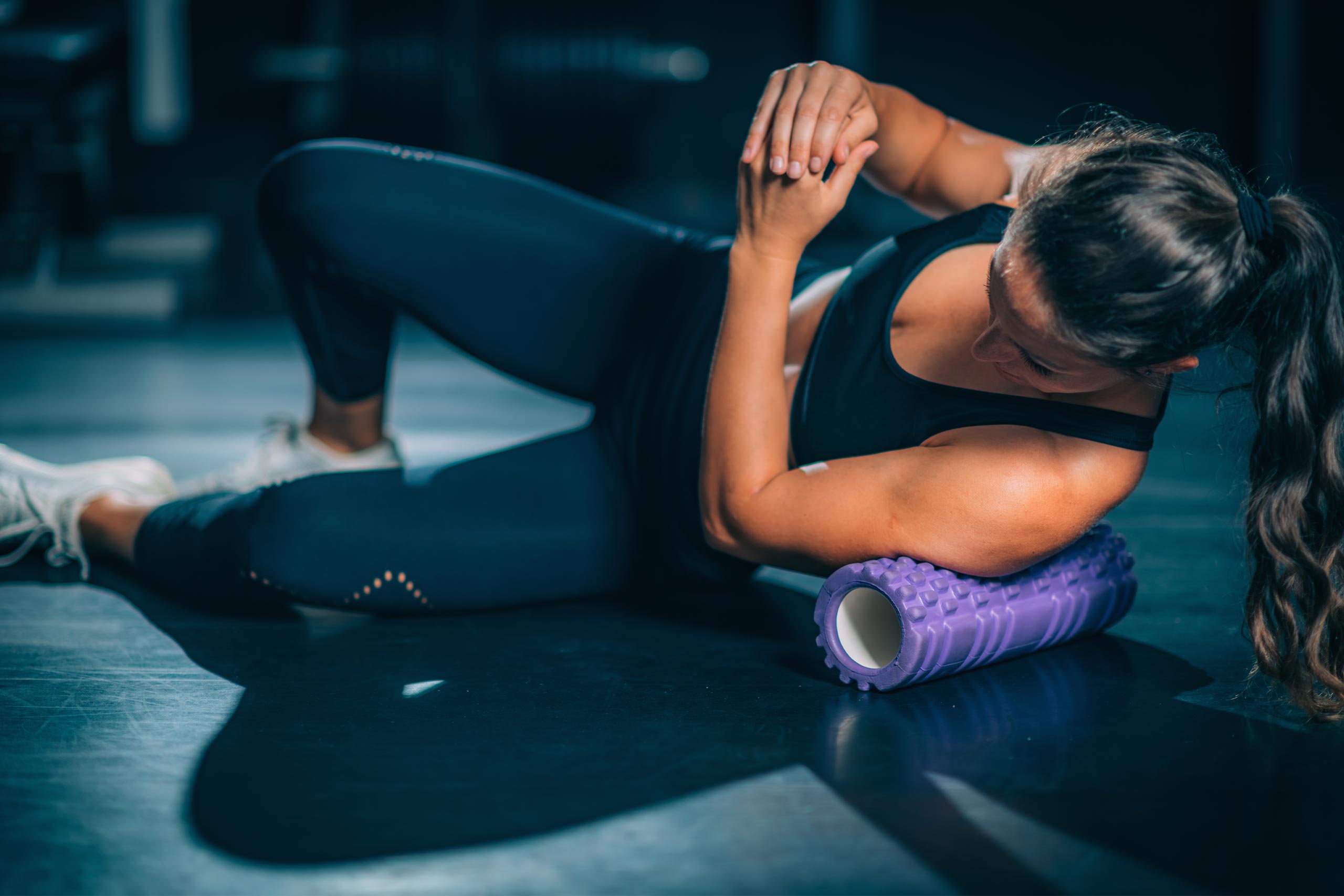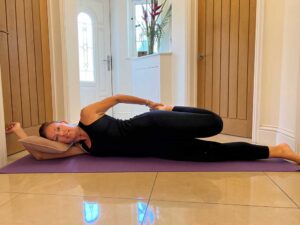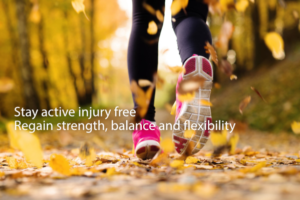Introducing the foam roller….
Foam rolling is a form of self-myofascial release, a treatment used to help ‘iron out’ these knots. While it doesn’t penetrate as deep into the tissue as having a massage and myofascial release from a Physiotherapist, it is still an excellent, versatile piece of equipment to have at home to help self-manage your condition.
Why Use?
Who hasn’t experienced a build up of muscle tension from intense exercise or from poor sedentary working postures, resulting in the development of knots? If ignored, over time these knots will lead to pain, injury and muscle imbalances.
How to use?
Lower your body onto the foam roller until you reach a point of discomfort and hold for 30 seconds. Gradually increase the amount of time as the tension or muscle knot tenderness subsides. The pressure alone provides benefits, but you can also roll slowly back and forth down the length of the muscle to further stimulate the area.
For beginners to the foam roller, at Marie Daniels Physiotherapy, Marie recommends initially rolling on the affected area from 20 seconds to 2 minutes every alternate day until your body adjusts to the sensation. It is perfectly fine to use every day if you can tolerate it – increments of one minute on each muscle group for five minutes total will make a huge difference.
Key benefits to foam rolling
- To relieve pain, stress and tension
- To increase joint range of movement (ROM) and muscle flexibility both pre and post exercise
- To promote muscle recovery
- To prevent injury due to excessive muscle fatigue
- To progress Physiotherapy exercises by challenging your core muscles and strengthening areas that need more attention
When to use?
In terms of when to roll, if you do a significant amount of exercise each week, it is beneficial to roll out before you train so that your muscles are more flexible. Most people roll out post exercise to reduce the effects of delayed onset muscle soreness (DOMS) and accelerate recovery.
Key areas and conditions foam rollers are used for:
- Sciatic pain by rolling out the hips, upper thighs, hamstrings and gluteus maximus
- Iliotibial band (ITB), Calves, Quadriceps and Hamstrings that are often very tight after running/cycling
- Thoracic spine for shoulder and thoracic mobility issues to help improve posture for those office and manual workers
- Neck, back and shoulder pain after sitting at a desk all day
- ITB release during pregnancy for women who suffer with pelvic girdle pain (PGP) to help them sleep better at night
- Core and lower limb strengthening, ideal during Pilates and Yoga sessions
Here at ‘Marie Daniels Physiotherapy,’ Marie has a hands-on-approach and integrates myofascial release techniques during her treatment sessions by applying pressure to trigger points or painful points on your body to release that built-up tension. Foam rolling at home supports a continuation of that treatment to achieve long-lasting pain relieving results.
If you suffer from any of the above mentioned conditions and think you need help with myofascial release before purchasing a foam roller, please contact Marie Daniels Physiotherapy in Maidenhead at 07920112209 or 01628 631916, or send an email to info@mariedanielsphysio.com. Take proactive steps to address these issues and prioritise your health today.




